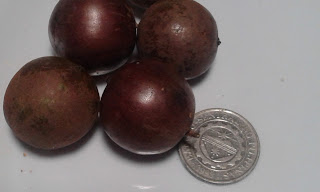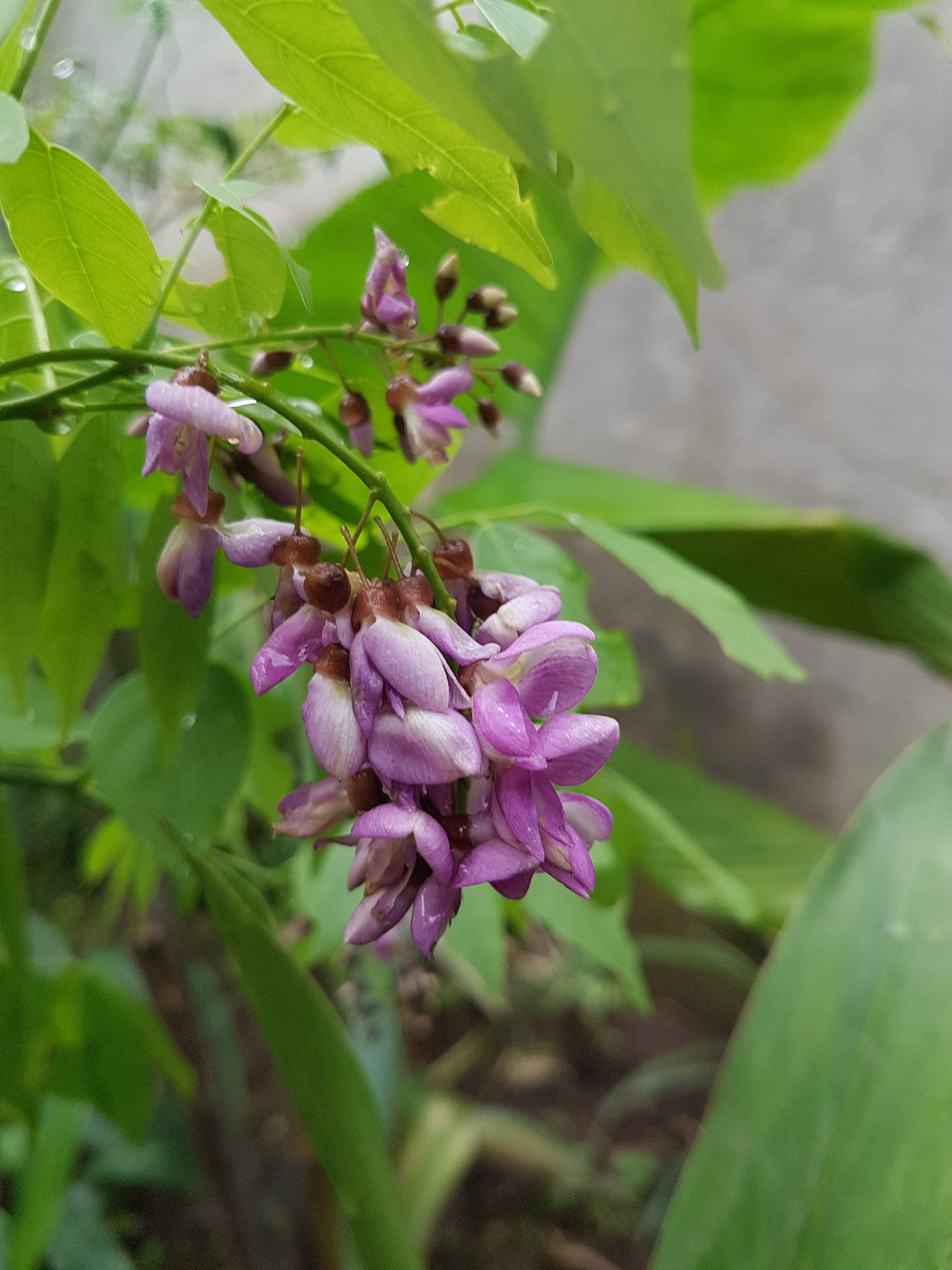Boljoon Museum: Archaeological findings housed in "Ang Karaang Bolhoon" gallery
“Boljoon is rich in heritage now because it is the only town that has evidence to show pre-Hispanic times,” remarked University of San Carlos' Jose Eleazar Bersales, head of the excavation project. The excavation report shows that their finds came from the Pre-Spanish (1550-1650) and Early Spanish (1700s-1800s) periods. Bersales further said that it is the first time that
an earring was found on a male, that a ceramic bowl has Chinese
characters as part of its design, and that it is first evidence
throughout Cebu of a pre-Hispanic times.
The Burials
A
total of nine burials in various states of internment were uncovered
at a depth of 60-70 cm. This brings to a total of 26 burials from the
first excavation phase to this current phase. The excavated area is
estimated to total to 42 square meters. Noticeably,
the males were buried with their hands clasped across their chests
while the females were buried with their hands covering their genital
area. The
team also found two distinct positions in these burials - one group
comprises a North-South direction where the head is on the southern
end while another group is composed of an East-West position where
the head is oriented to the East. “The
practice of burying the dead with ceramic wares and weapons was
thought to be a Satanic practice in the Spanish era, so, this
settlement is clearly non-Christian,” Bersales said.
Unlike
other burials found near the shore or beach, no net sinkers or shells
were found lining the grave of this site. He explained that this
could mean that these people were not fisherfolks, but were probably
trading or bartering cotton with Chinese merchants. Bersales
said that the ceramic ware came from Anxi in Fujian Province, China
and is decorated with blue leaf and Chinese characters. It was
covering the face of a male burial and the characters are roughly
translated as “A new leaf means a new wish.”
A
white ware powder box was also found on the left area of a female
burial wearing an orange carnelian bead, a tiny red glass bead and a
tiny gold bead. The carnelian and glass bead probably came from India
or China as there is no local source for the gemstone or the glass. Also
found in the burial were two pieces of coral stone which had holes
indicating that these were worn in the hip area or pelvic region,
probably as an “anting-anting” or amulet. A
light olive-colored bottle or jar was found in the burial believed
dated to the end of the Ming Dynasty (1644) or the beginning of the
Qing dynasty. A
near complete burial of wild pig was also recovered near another
burial.
Further,
pieces of evidence that were uncovered indicated the Early Spanish
period (1700s-1800s) like bronze medallion, square nails, iron lags,
a small bronze cross, broken pieces of Chinese ceramics and a
Kinamunggay jar.
***
***
***
Bones.
***
Japanese Ceramics.
***
Sources and further readings:









Comments
Post a Comment